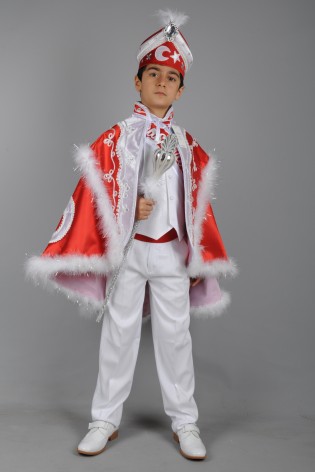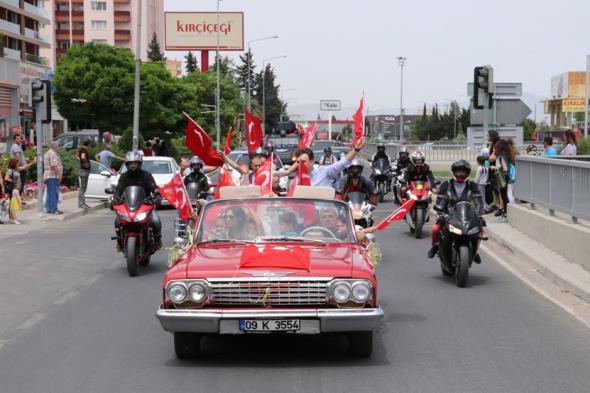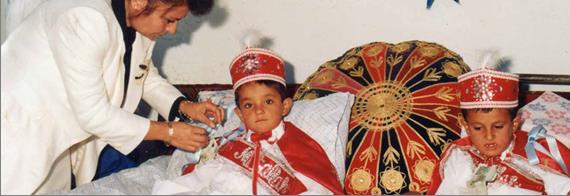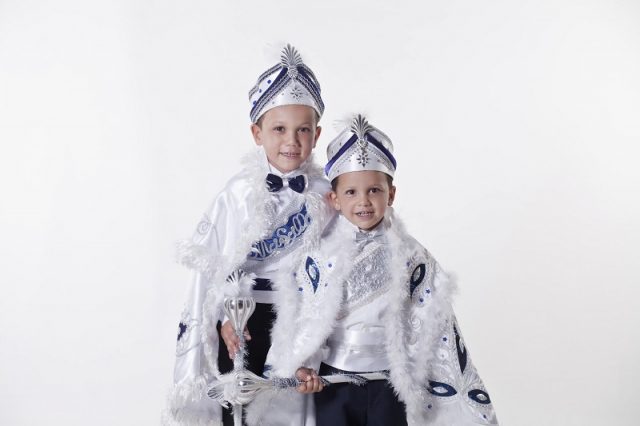
-
 History of Religions
History of the 3 Monotheistic religions (Judaism, Christianity and Islam) and of the main different Christianity confessions (Roman Catholicism, Eastern Catholicism and Eastern Orthodoxy, Anglicanism and Protestantism)
History of Religions
History of the 3 Monotheistic religions (Judaism, Christianity and Islam) and of the main different Christianity confessions (Roman Catholicism, Eastern Catholicism and Eastern Orthodoxy, Anglicanism and Protestantism)
-
 Pedagogical Approaches
New pedagogical approaches to teach history of religion
Pedagogical Approaches
New pedagogical approaches to teach history of religion
-
 Role of Religions in Civilization
How to didactically promote among students of different confessions, the capacity of a critical analysis and understanding of the role played by religions in the history of mankind
Role of Religions in Civilization
How to didactically promote among students of different confessions, the capacity of a critical analysis and understanding of the role played by religions in the history of mankind
-
 Interreligious Students’ Competences
Set of teaching contents, to be used by teachers to highlight and valorize the universal values of tolerance and universalisms that all Monotheistic religions and religious texts contain to promote and sustain mutual understanding among students
Interreligious Students’ Competences
Set of teaching contents, to be used by teachers to highlight and valorize the universal values of tolerance and universalisms that all Monotheistic religions and religious texts contain to promote and sustain mutual understanding among students
-
 Managing Multi-Religious Classes
Teaching Sources to help teachers dealing with multicultural and multi-religious classes
Managing Multi-Religious Classes
Teaching Sources to help teachers dealing with multicultural and multi-religious classes
-
 Introduction
A comparative review of the liturgical celebrations, ceremonies and dietary rules existing in the different religions.
Introduction
A comparative review of the liturgical celebrations, ceremonies and dietary rules existing in the different religions.
-
 Celebrations
Description and comparative analysis of the celebrations of different religions and confessions
Celebrations
Description and comparative analysis of the celebrations of different religions and confessions
-
 Ceremonies
Description and comparative analysis of the ceremonies of different religions and confessions
Ceremonies
Description and comparative analysis of the ceremonies of different religions and confessions
-
 Dietary Rules
Description and comparative analysis of the dietary rules of different religions and confessions
Dietary Rules
Description and comparative analysis of the dietary rules of different religions and confessions
Events
The Pathway through Religions project has been promoted trough conferences and articles.
Partnership
-
 Contractual Partners
From this section it is possible to access to a description of each contractual partner of the Pathway through Religions project.
Contractual Partners
From this section it is possible to access to a description of each contractual partner of the Pathway through Religions project.
-
 Schools
From this section it is possible to access to the information about the schools involved in the Pathway through Religions Project in the European countries involved.
Schools
From this section it is possible to access to the information about the schools involved in the Pathway through Religions Project in the European countries involved.
-
 Associated Partners
As a result of the exploitation activity a number of associated partners officially joined the project in order to contribute to the improvement of the project impact on their target groups and to ensure the project sustainability by continuing using the project deliverables in the next years.
Associated Partners
As a result of the exploitation activity a number of associated partners officially joined the project in order to contribute to the improvement of the project impact on their target groups and to ensure the project sustainability by continuing using the project deliverables in the next years.
This section of the Pathway through Religions portal provides administrative information for the project contractual partners and for the European Commission and it is password protected.
Celebrations
Homepage > Training Course > Celebrations

Description and comparative analysis of the celebrations of different religions and confessions
Celebrations
Islamic scholars do not come to an agreement on what age the circumcision should be made but prophet Mohammed recommended it at an early age. The age that is performed may vary depending on the geography. The operation may be performed after few days of the birth until 15 years of age. Preferred age is seven. On the other hand it is widely accepted that conversion to Islam also requires to have circumcised so no matter what the age it, this operation may be performed.
Circumcision is no mentioned in the Qur’an but it is highlighted by the Sunnah (the Prophet Mohammed’s recorded words and actions) according to which circumcision is a “law for men”.
This is quite an important phase of the boy through which he leave behind the childhood and become an adult member of the society. Even the Jews also perform circumcision, it became widespread due to conversion of quite a large number of societies into Islam from Far East to the West.
It used to be done by a circumciser but today mostly the operation takes place in the hospitals and performed by the doctors. The occasion requires a celebration again differing according to geography. It was an important occasion during the Ottoman Era that the circumcision of the princes were celebrated at At Meydanı (Hippodrome of the Byzantine Era) not next to Haghia Sophia Mosque and Sultan Ahmet Mosque (Blue Mosque) in Istanbul. Manuscripts from that era show that the celebration were quite lavish that the whole population of the town could participate and enjoy the food and entertainment.
It is also a big occasion of celebration in Turkey especially in the summer time when the schools are off. Even the boy is circumcised at an early age, families arrange a festivity when the boy is old enough. He is dressed up like a prince, which you can buy the costume in the shops generally located in the traditional bazaars. There are special old American cars to hire for the occasion into which the boy and the parents ride followed by a long line of other cars joining the festivity. Honking is a must in this ride. Then food is served at home. Some families hire a certain local for the celebration and celebrate the occasion with the invited guests. The guests are required to give presents, mostly banknotes or gold coins.

In Turkey, special white suit with cape, hat and a wand is bought for the boy to be circumcised.

Before the circumcision the child and his peers and relatives get in a decorated car and take a tour around the city. Other people also follow them behind.

The bed of the circumcised boy is decorated with laces, balloons and ribbons. The boy lays in this decorated bed and accepts relatives’ visits and gifts.

In these visits relatives, neighbors or guests present money, gold or a gift to the children and his family.

Brothers with small age difference are usually circumcised together on the same day.
Video about Circumcision celebration parties in Turkey. Families throw huge parties with elaborate costumes to mark the occasion of a boy becoming a man.


